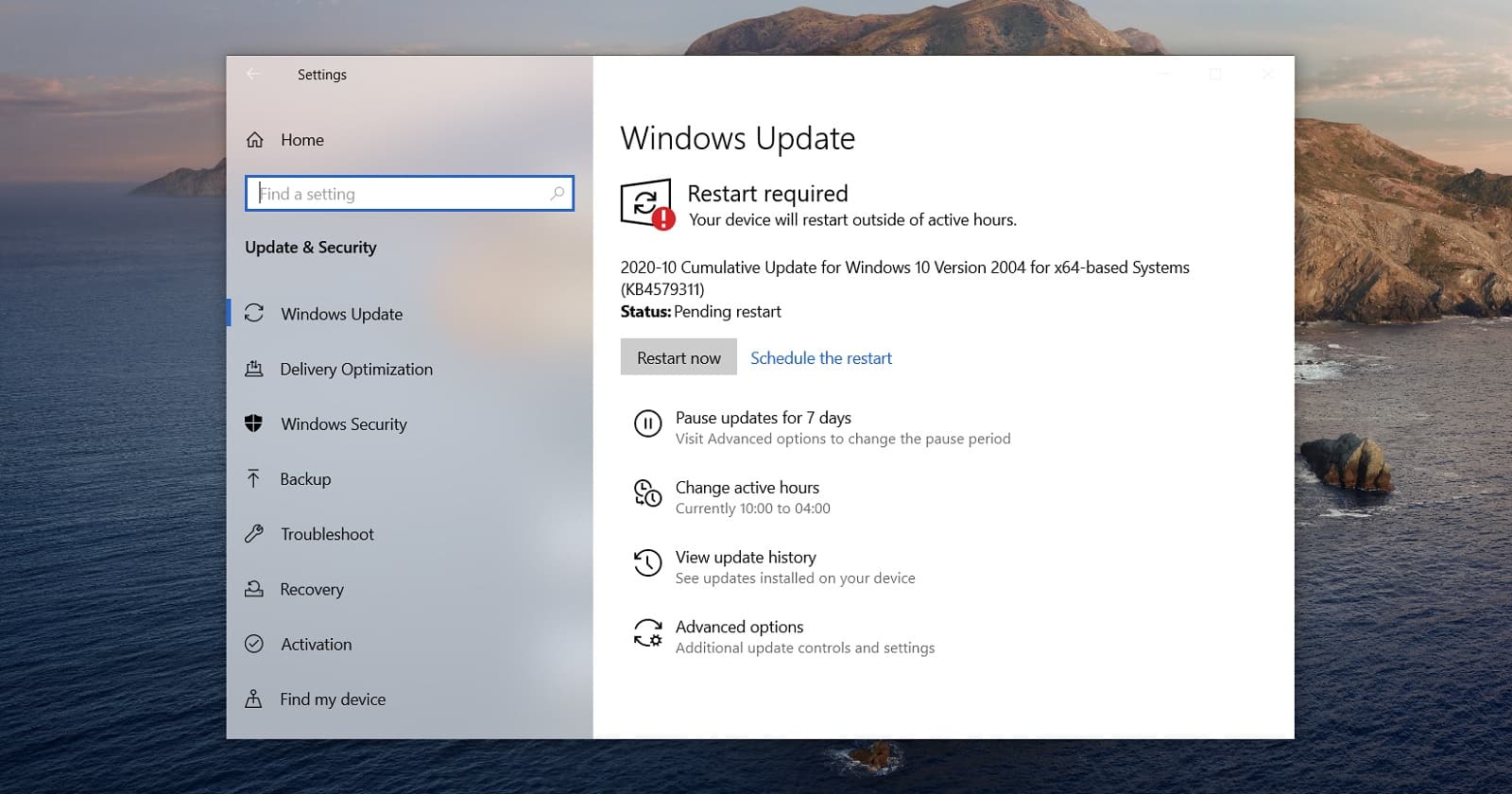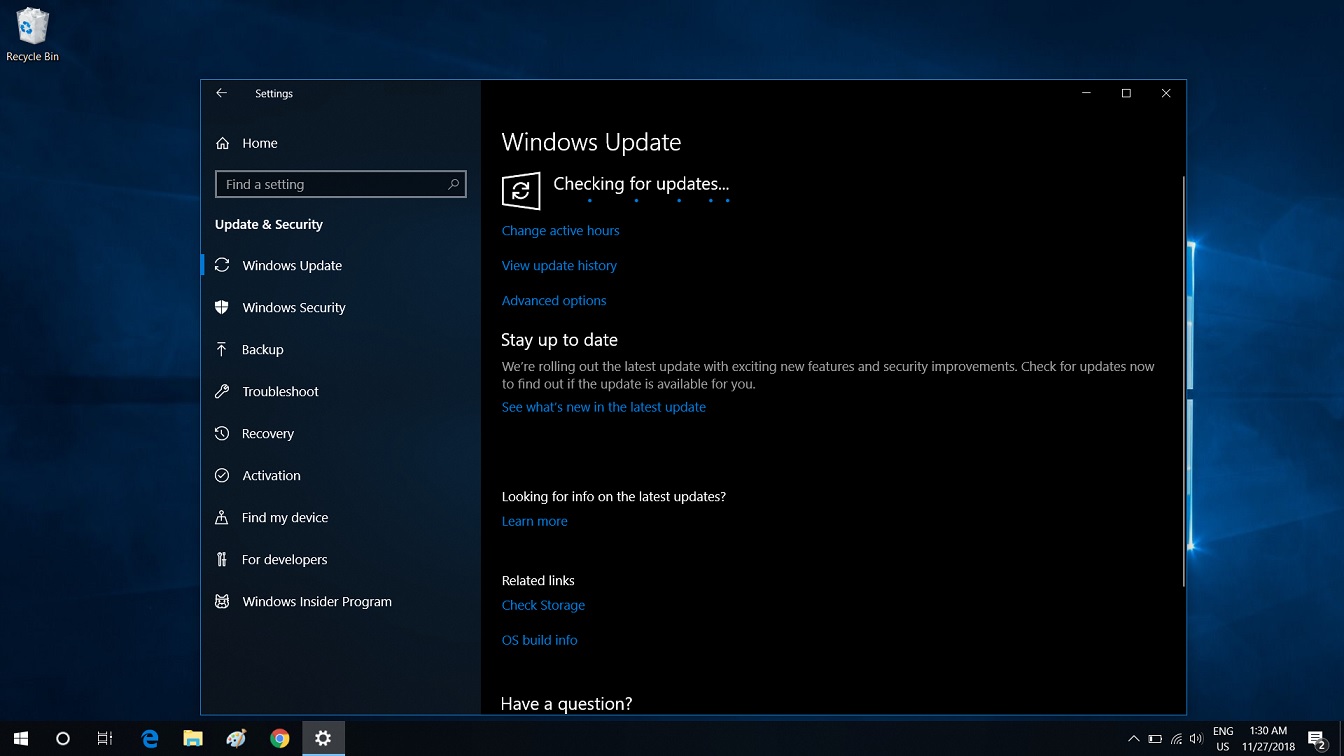Hi all
Got the missus a new laptop a few days ago, bought it as an Ultranote but it now seems to be called an Initia.
She noticed last night it wouldn't shut down properly as the k/b lights remained illuminated and the drive light was still on. After about 10 minutes it went off. Then today the pc rebooted from a bugcheck while we were out. ( I checked on event viewer)
I had a look in event viewer pretending to her I knew what I was doing. There were many dozens of references to WHEA logger errors on PCI express root port (device PVI/Ven 8086&dev.........).
there was a similarly large number of Kernal Pnp errors from the day before relating to device\harddisk\vol6 also some volmgr errors relating to the same.
I'll freely admit I don't have a clue what all this means, though I suspect it could be a hard drive issue. My plan is to monitor how the machine goes, as in everyday use it seems fine, but if any of you clever people have any insights I'd be grateful. Spec below.
Thanks.
Chassis & Display
Initia Series: 17.3" Matte Full HD 60Hz 72% NTSC LED Widescreen (1920x1080)
Processor (CPU)
Intel® Core™ i5 Quad Core Processor i5-10210U (1.6GHz, 4.2GHz Turbo)
Memory (RAM)
16GB Corsair 2133MHz SODIMM DDR4 (2 x 8GB)
Graphics Card
INTEL® HD GRAPHICS (CPU Dependant) - 1.7GB Max DDR4 Video RAM - DirectX® 12
1st Storage Drive
512GB PCS 2.5" SSD, SATA 6 Gb (520MB/R, 450MB/W)
1st M.2 SSD Drive
512GB PCS PCIe M.2 SSD (2000 MB/R, 1100 MB/W)
DVD/BLU-RAY Drive
Ultra Slim 8x SATA DVD±R/RW/Dual Layer (+ 24x CD-RW)
Memory Card Reader
Integrated 6 in 1 Card Reader (SD /Mini SD/ SDHC / SDXC / MMC / RSMMC)
AC Adaptor
1 x 45W AC Adaptor
Power Cable
1 x 1 Metre Cloverleaf UK Power Cable
Battery
Initia Series Detachable 4 Cell Lithium Ion Battery
Thermal Paste
STANDARD THERMAL PASTE FOR SUFFICIENT COOLING
Sound Card
2 Channel High Definition Audio + MIC/Headphone Jack
Wireless Network Card
GIGABIT LAN & WIRELESS INTEL® Wi-Fi 6 AX200 (2.4 Gbps) + BT 5.0
USB/Thunderbolt Options
1 x USB 3.2 GEN 2 PORT (Type C) + 1 x USB 3.2 GEN 1 PORT + 2 x USB 2.0 PORTS
Keyboard Language
ULTRANOTE SERIES MULTI COLOUR BACKLIT UK KEYBOARD
Operating System
Windows 10 Home 64 Bit - inc. Single Licence [KK3-00002]
Operating System Language
United Kingdom - English Language
Windows Recovery Media
Windows 10 Multi-Language Recovery Image - Supplied on USB Drive
Office Software
FREE 30 Day Trial of Microsoft 365® (Operating System Required)
Anti-Virus
NO ANTI-VIRUS SOFTWARE
Browser
Firefox™
Keyboard & Mouse
INTEGRATED 2 BUTTON TOUCHPAD MOUSE
Webcam
INTEGRATED 1MP HD WEBCAM
Warranty
3 Year Silver Warranty (1 Year Collect & Return, 1 Year Parts, 3 Year Labour)
Delivery
STANDARD INSURED DELIVERY TO UK MAINLAND (MON-FRI)
Build Time
Standard Build - Approximately 6 to 8 working days
Welcome Book
PCSpecialist Welcome Book - United Kingdom & Republic of Ireland
Price: £0.00 including VAT and Delivery
Unique URL to re-configure: https://www.pcspecialist.co.uk/saved-configurations/initia-17/zz88qREJWF/
Got the missus a new laptop a few days ago, bought it as an Ultranote but it now seems to be called an Initia.
She noticed last night it wouldn't shut down properly as the k/b lights remained illuminated and the drive light was still on. After about 10 minutes it went off. Then today the pc rebooted from a bugcheck while we were out. ( I checked on event viewer)
I had a look in event viewer pretending to her I knew what I was doing. There were many dozens of references to WHEA logger errors on PCI express root port (device PVI/Ven 8086&dev.........).
there was a similarly large number of Kernal Pnp errors from the day before relating to device\harddisk\vol6 also some volmgr errors relating to the same.
I'll freely admit I don't have a clue what all this means, though I suspect it could be a hard drive issue. My plan is to monitor how the machine goes, as in everyday use it seems fine, but if any of you clever people have any insights I'd be grateful. Spec below.
Thanks.
Chassis & Display
Initia Series: 17.3" Matte Full HD 60Hz 72% NTSC LED Widescreen (1920x1080)
Processor (CPU)
Intel® Core™ i5 Quad Core Processor i5-10210U (1.6GHz, 4.2GHz Turbo)
Memory (RAM)
16GB Corsair 2133MHz SODIMM DDR4 (2 x 8GB)
Graphics Card
INTEL® HD GRAPHICS (CPU Dependant) - 1.7GB Max DDR4 Video RAM - DirectX® 12
1st Storage Drive
512GB PCS 2.5" SSD, SATA 6 Gb (520MB/R, 450MB/W)
1st M.2 SSD Drive
512GB PCS PCIe M.2 SSD (2000 MB/R, 1100 MB/W)
DVD/BLU-RAY Drive
Ultra Slim 8x SATA DVD±R/RW/Dual Layer (+ 24x CD-RW)
Memory Card Reader
Integrated 6 in 1 Card Reader (SD /Mini SD/ SDHC / SDXC / MMC / RSMMC)
AC Adaptor
1 x 45W AC Adaptor
Power Cable
1 x 1 Metre Cloverleaf UK Power Cable
Battery
Initia Series Detachable 4 Cell Lithium Ion Battery
Thermal Paste
STANDARD THERMAL PASTE FOR SUFFICIENT COOLING
Sound Card
2 Channel High Definition Audio + MIC/Headphone Jack
Wireless Network Card
GIGABIT LAN & WIRELESS INTEL® Wi-Fi 6 AX200 (2.4 Gbps) + BT 5.0
USB/Thunderbolt Options
1 x USB 3.2 GEN 2 PORT (Type C) + 1 x USB 3.2 GEN 1 PORT + 2 x USB 2.0 PORTS
Keyboard Language
ULTRANOTE SERIES MULTI COLOUR BACKLIT UK KEYBOARD
Operating System
Windows 10 Home 64 Bit - inc. Single Licence [KK3-00002]
Operating System Language
United Kingdom - English Language
Windows Recovery Media
Windows 10 Multi-Language Recovery Image - Supplied on USB Drive
Office Software
FREE 30 Day Trial of Microsoft 365® (Operating System Required)
Anti-Virus
NO ANTI-VIRUS SOFTWARE
Browser
Firefox™
Keyboard & Mouse
INTEGRATED 2 BUTTON TOUCHPAD MOUSE
Webcam
INTEGRATED 1MP HD WEBCAM
Warranty
3 Year Silver Warranty (1 Year Collect & Return, 1 Year Parts, 3 Year Labour)
Delivery
STANDARD INSURED DELIVERY TO UK MAINLAND (MON-FRI)
Build Time
Standard Build - Approximately 6 to 8 working days
Welcome Book
PCSpecialist Welcome Book - United Kingdom & Republic of Ireland
Price: £0.00 including VAT and Delivery
Unique URL to re-configure: https://www.pcspecialist.co.uk/saved-configurations/initia-17/zz88qREJWF/
Last edited:



